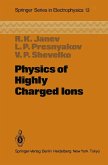
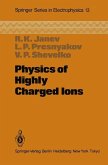
Broschiertes Buch
Softcover reprint of the original 1st ed. 1985
7. Dezember 2011
Springer / Springer Berlin Heidelberg / Springer, Berlin
978-3-642-69197-3
Ähnliche Artikel
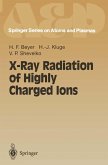
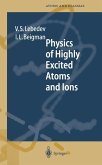
eBook, PDF
6. Dezember 2012
Springer Berlin Heidelberg
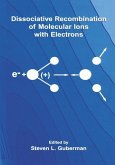
eBook, PDF
6. Dezember 2012
Springer US
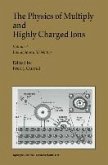
eBook, PDF
11. November 2013
Springer Netherlands
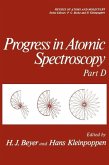
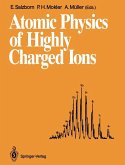
eBook, PDF
6. Dezember 2012
Springer Berlin Heidelberg
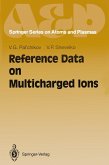
eBook, PDF
6. Dezember 2012
Springer Berlin Heidelberg
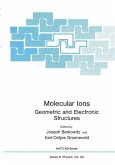
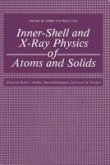
eBook, PDF
18. April 2013
Springer New York
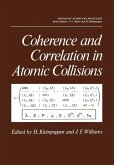
eBook, PDF
11. November 2013
Springer New York
Ähnlichkeitssuche: Fact®Finder von OMIKRON
